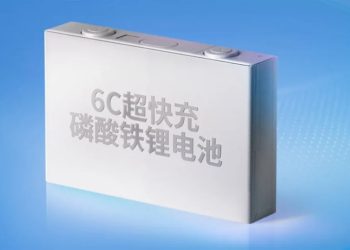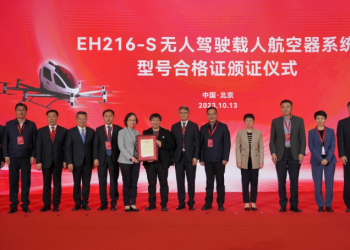Researchers at Harvard’s John A. Paulson School of Engineering and Applied Science (SEAS) have developed a lithium metal solid-state battery that they claim can hold significantly more energy within the same volume of traditional lithium-ion batteries while charging in a fraction of the time.
In recent years, many researchers have been able to reach new milestones in solid-state battery prototypes, but the ability to mass produce the technology at a lower price than traditional lithium-ion batteries remains a major hurdle.
In a report in ‘The Harvard Gazette’, the engineering team has designed a stable solid-state battery using lithium-metal that can be charged and discharged at least 10,000 times with a high current density. According to the brief, this technology has the potential to increase the life of electric vehicles by an additional 10-15 years without changing batteries.
In addition, the university team thinks that the solid-state battery could offer electric vehicles the ability to fully charge in 10 to 20 minutes due to its high current density.
It may also interest you: OXIS Energy will supply solid state Li-S batteries for testing this fall
“Our research shows that the solid-state battery could be fundamentally different from the commercial liquid electrolyte lithium-ion battery. By studying their fundamental thermodynamics, we can unlock superior performance and harness their abundant opportunities,” explained Xin Li, associate professor of materials science at the Harvard John A. Paulson School of Engineering and Applied Sciences.
One of the main reasons other battery experts have not followed this lithium metal approach is due to its less than ideal chemical volatility.
The risks they take in the process
When lithium batteries are charged, the lithium ions move from the cathode to the anode. With lithium-metal anodes, lithium in motion can cause needle-like structures called dendrites to form on the surface of the anode. These dendrites can grow in the electrolyte that separates the anode and cathode, causing a battery malfunction or even a fire.
Written by | Gabriel Sayago











